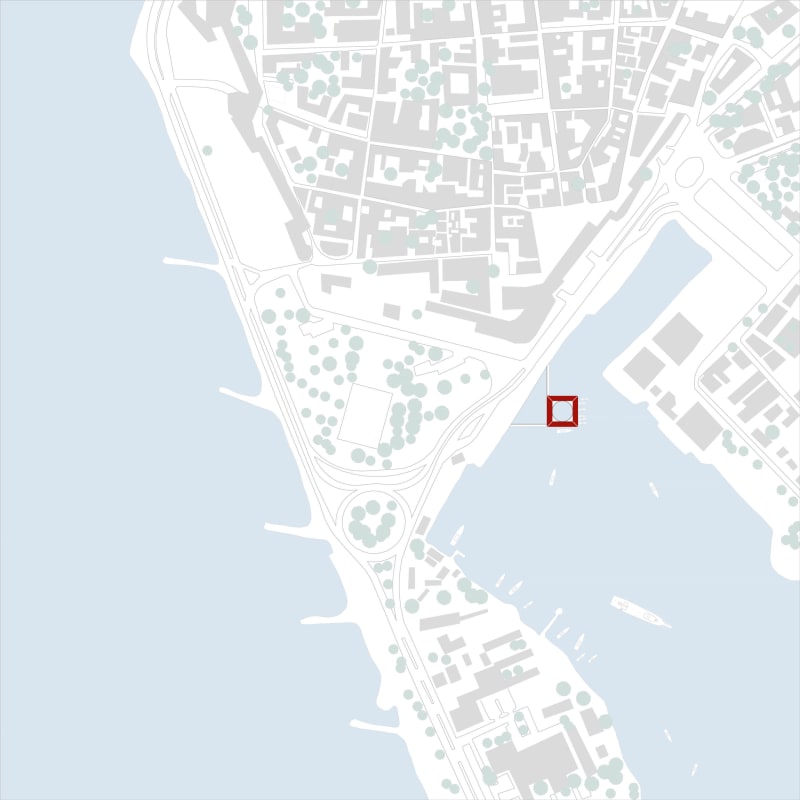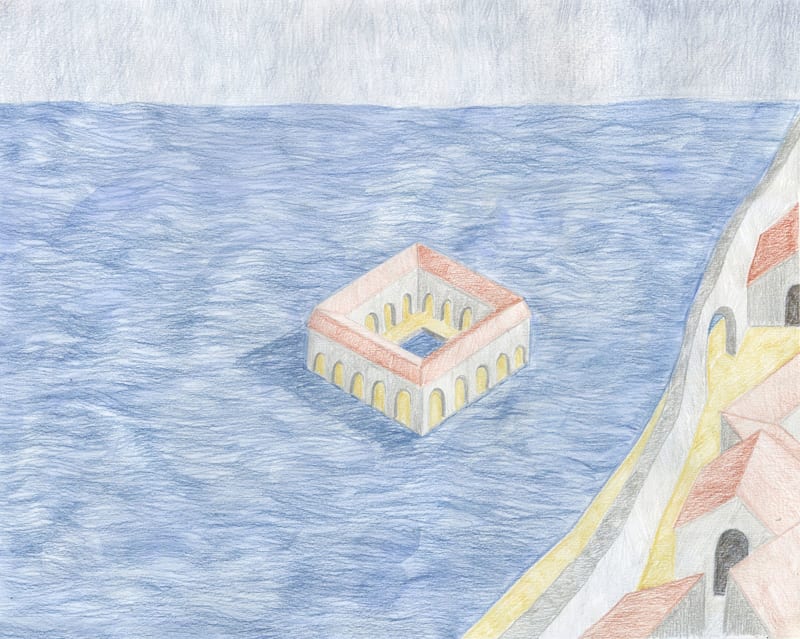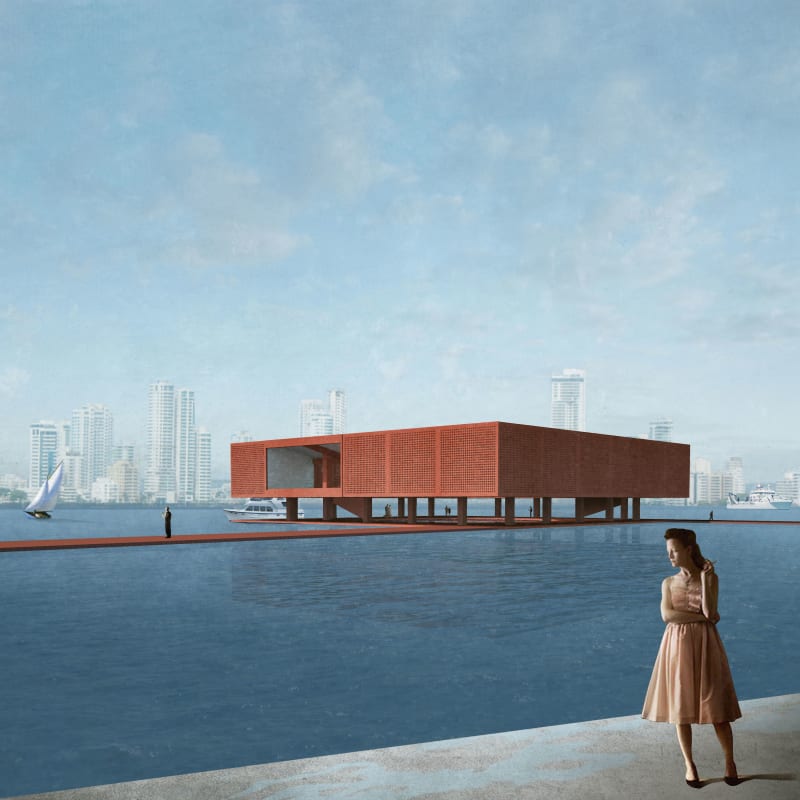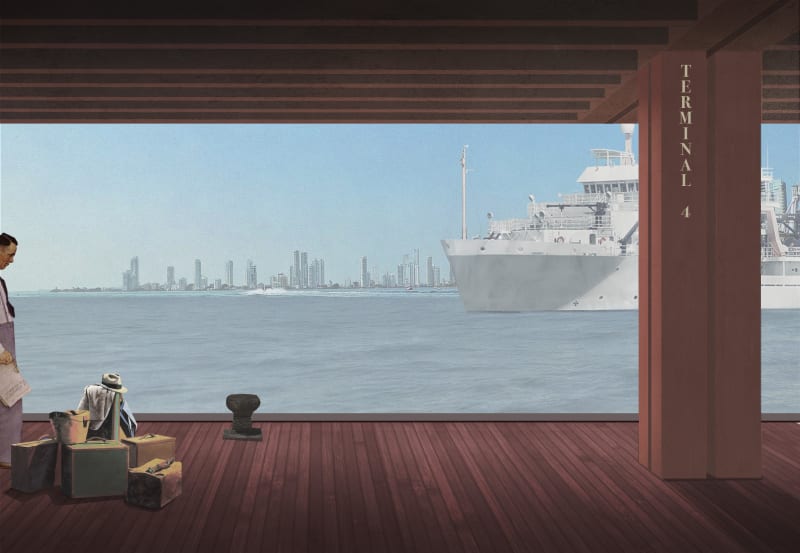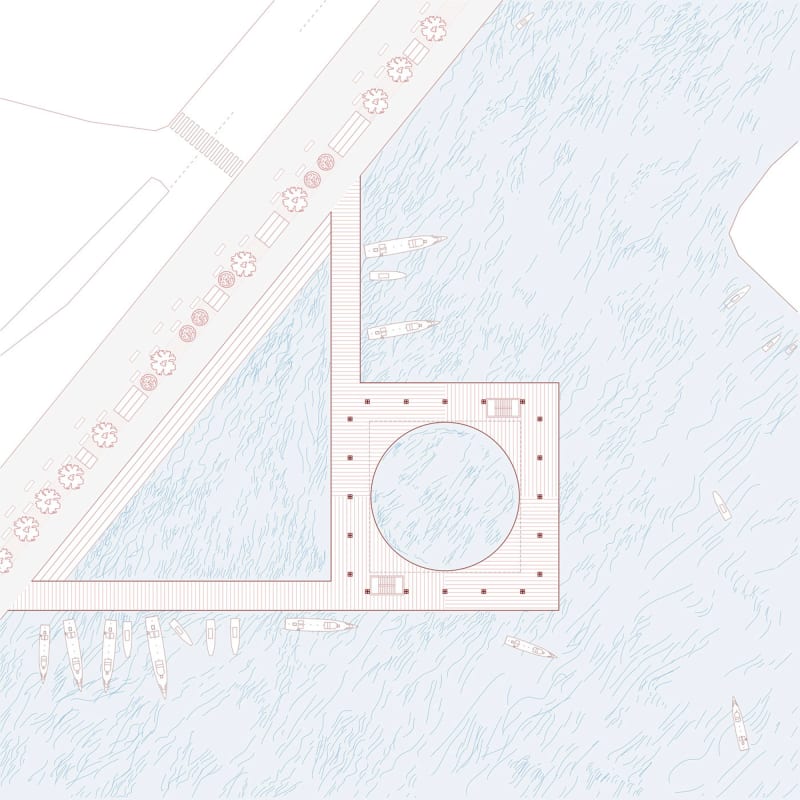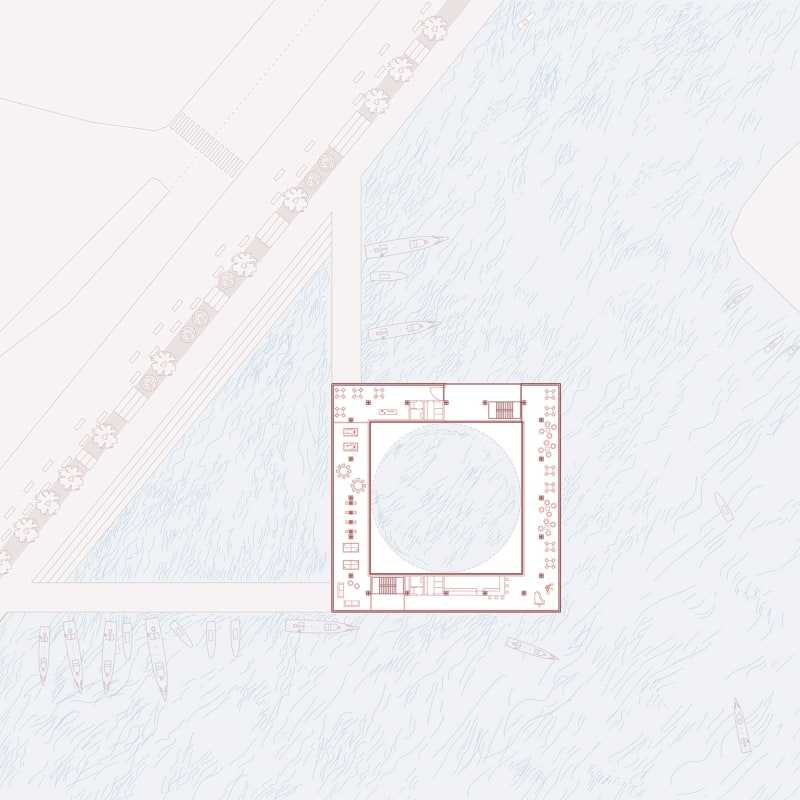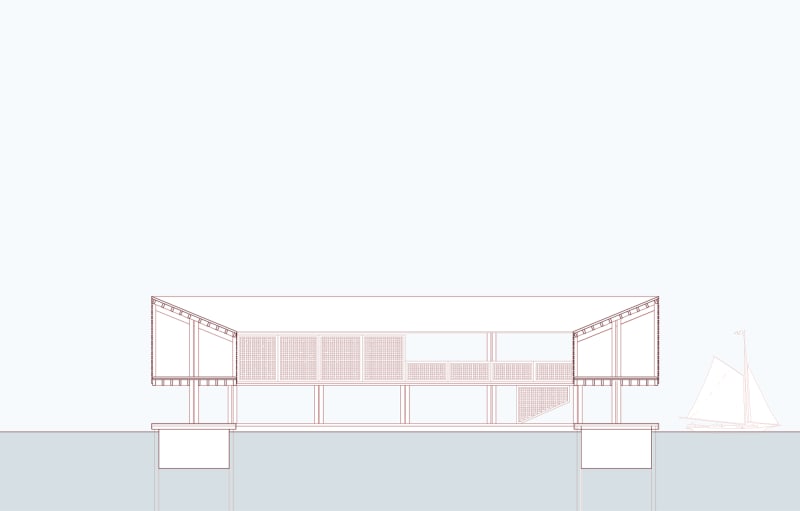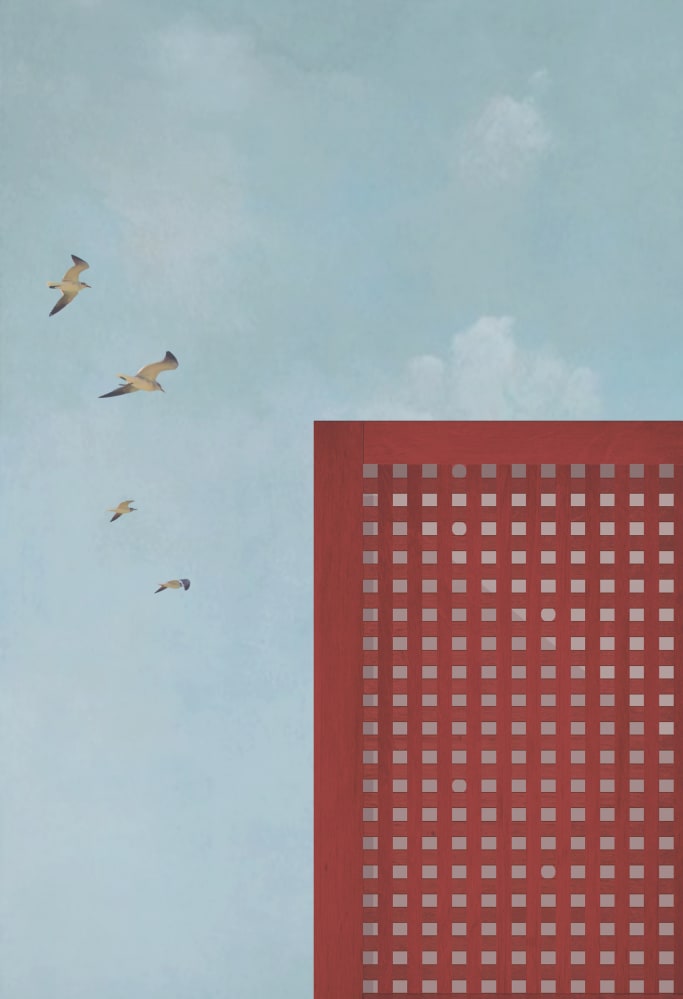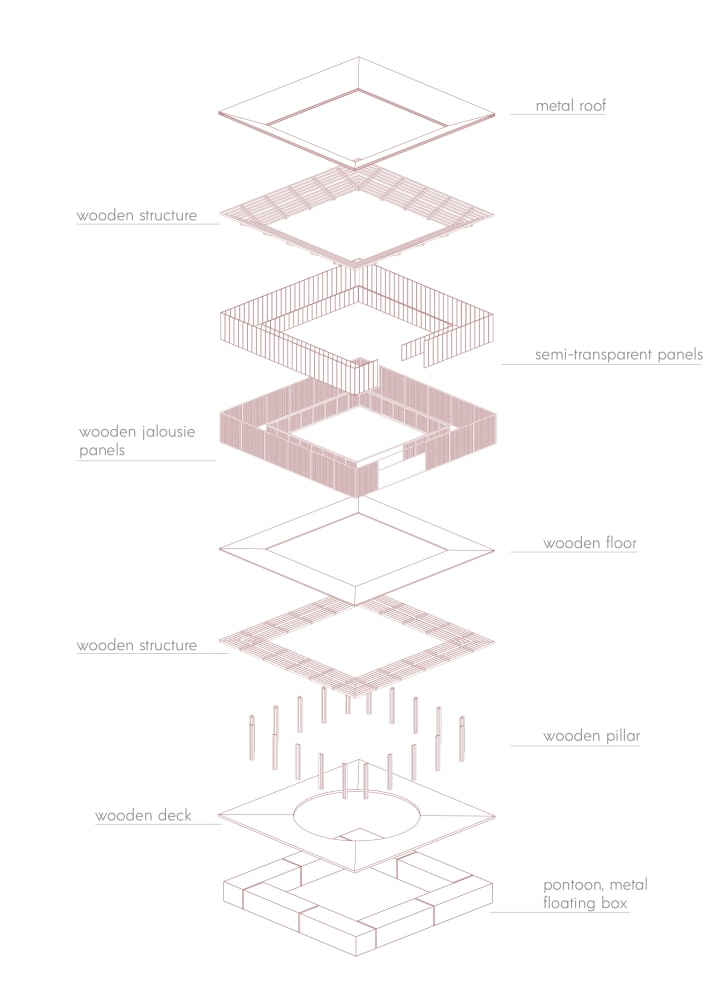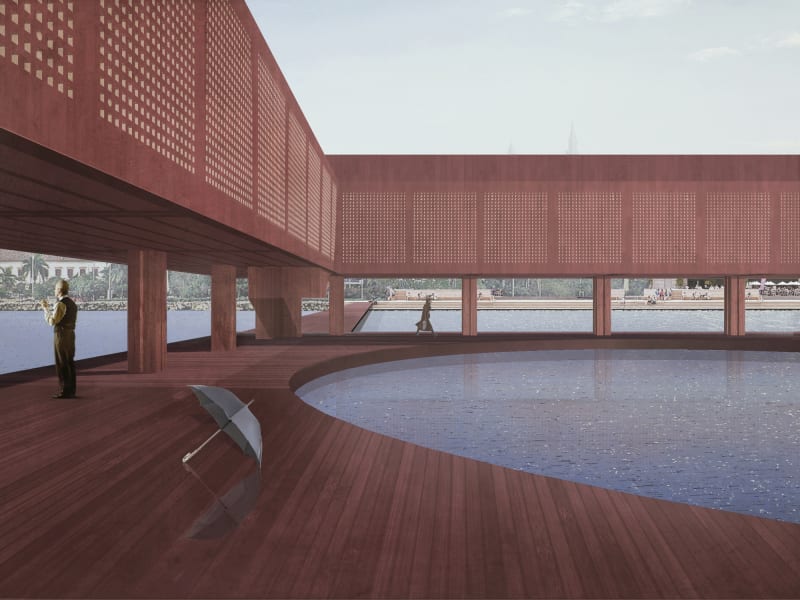Once, a Spanish settlement in the Caribbean sea, Cartagena de Indias is a chaotic and contradictory metropolis. Nowadays, it undergoes aggressive tourism, intense petrochemical industry, and spontaneous forms of survival within short distances.
The coexistence of the remarkable historical heritage, slums, pre-colonial tradition, and joyful lifestyle is not limited to the city center, but it marks the whole lagoon. Cartagena de Indias is not just a seaside town but a territorial conglomeration: an assemblage of settlements of any kind. The current harbor is mainly touristic. It consists of a gated dock inaccessible from the city. Potentially it could be a key point for the mobility of the territory. Since the role of the lagoon has progressively decreased, it is currently considered just a dirty gap between the mainland and the beaches.
The proposal considers the lagoon as the natural connection of a fragmented territory. The possibility of bringing the inhabitants’ daily lives back to the water could recover the relationship between the historic city and the informal settlements of the archipelago. The movements from the islands to the mainland, and backward, represent a heritage that the most aggressive transformations has not erased.
Therefore, the project moves the infrastructure from the dock to the water to clear the waterfront of the city. In this way, it is possible to reconnect the walls of the historic center and the shore. Furthermore, the sea becomes again a protagonist of everyday lifestyle, which makes accessibility and movement notably fluid through the complex urban pattern.
The new harbor is set directly on the water, conceived as the new public space of the lagoon. A floating structure recovers a fundamental relation between daily life and water, through a typological experiment: the floating cloister in the lagoon becomes a threshold for whom comes and goes.
The new harbor is an extension of urban space, whereas the lower empty level is the arrival and departures terminal, which is connected to the mainland by two footbridges, making clear geometrical signs of accessibility within the lagoon.
On the other hand, in the upper level, the main activities are cafes and restaurants to play chess and to wait for someone to arrive.
The facade re-uses the jalousie panels typical in the historical dwelling of Cartagena, to emphasize the fragile condition of such an Infrastructure.
Furthermore, the wooden structure refers to the remarkable local tradition of naval construction; the necessity of maintenance permits to protect of this intangible heritage of technics and unwritten knowledge. The continuous restoration of the wooden structure requires a human presence, an effort of the community.
The structure design is simple rules and makes it easy to adapt to different situations: water level, number of people, changes in use. The new port is a light infrastructure open to changes.

